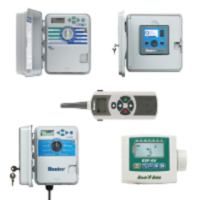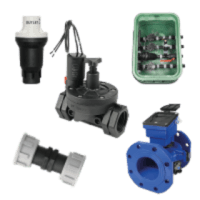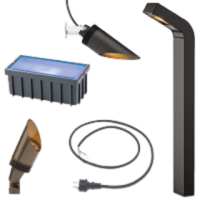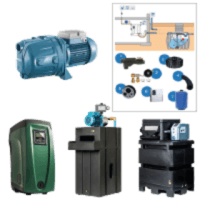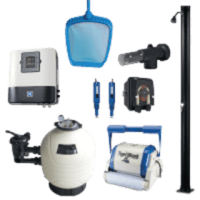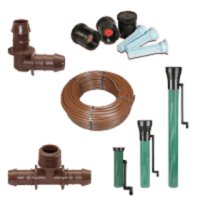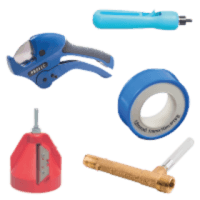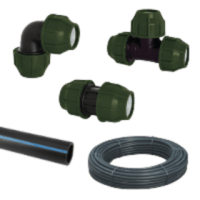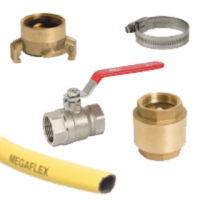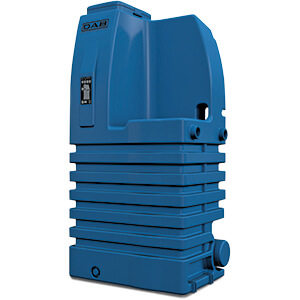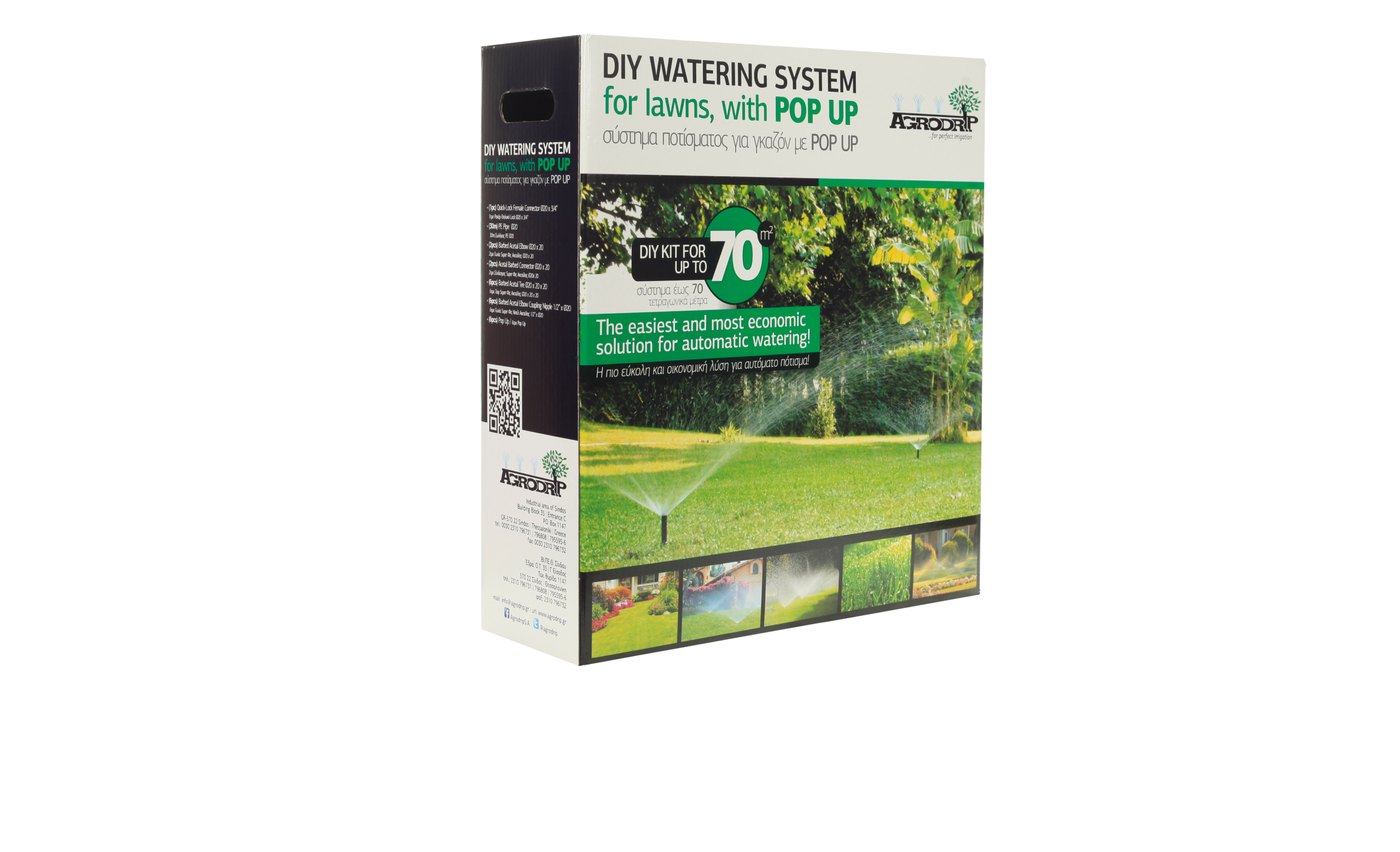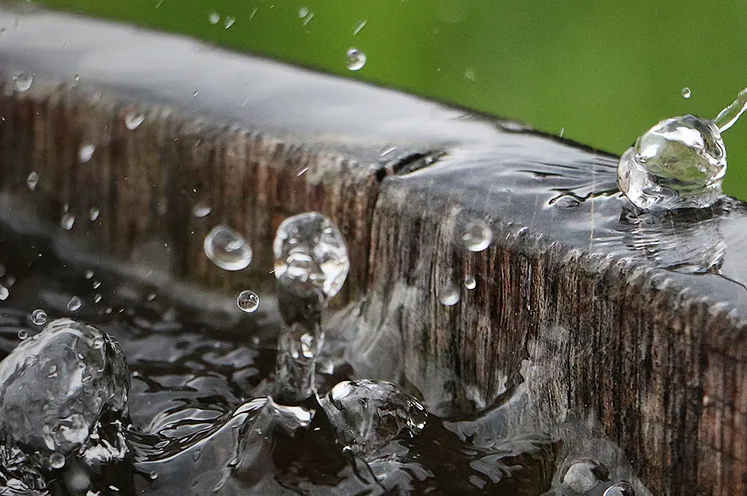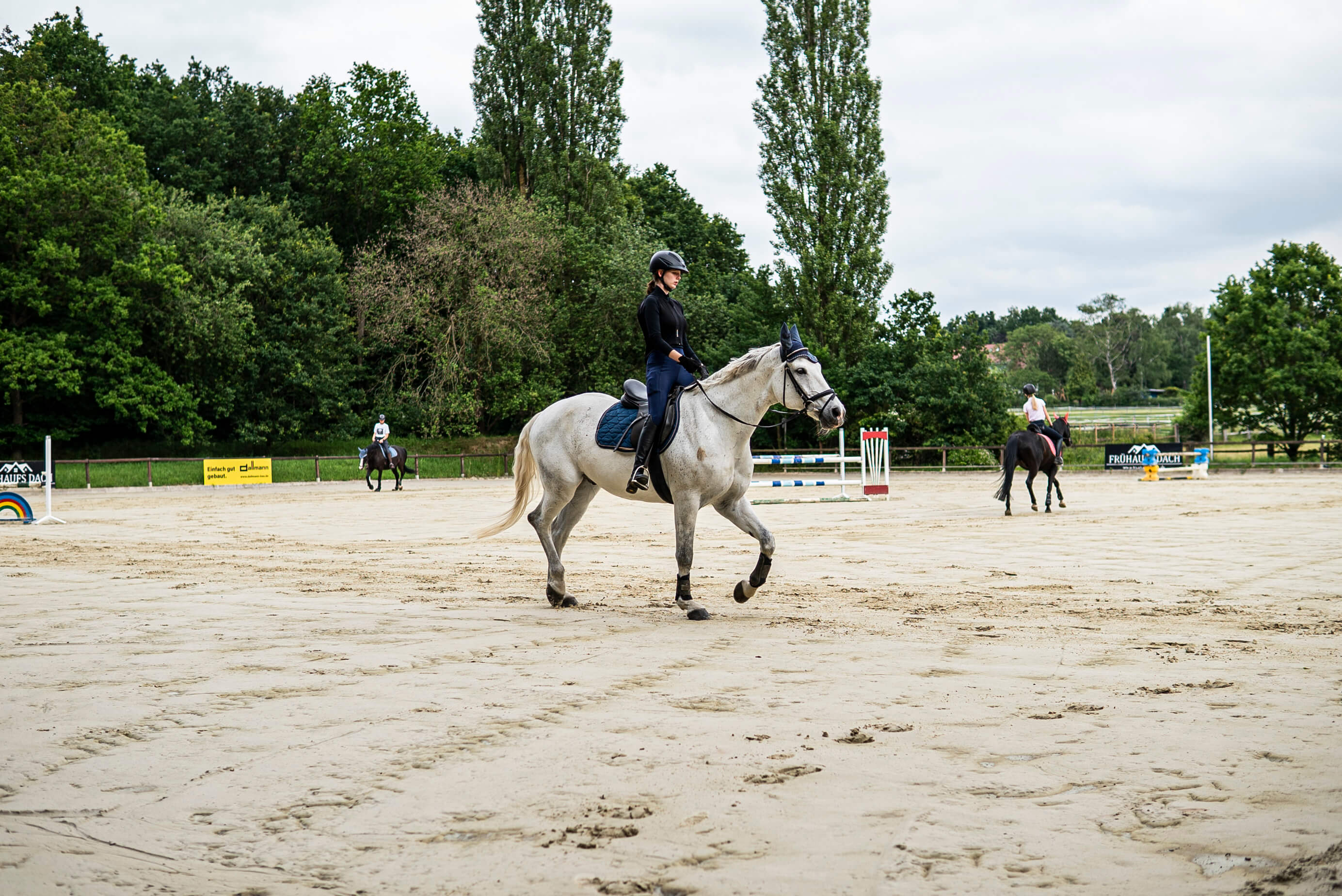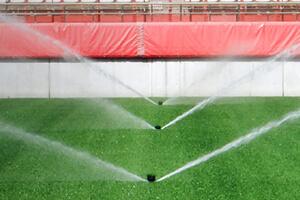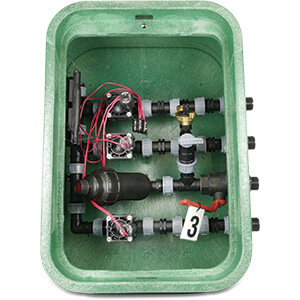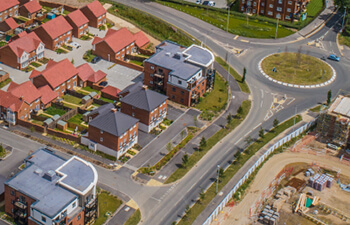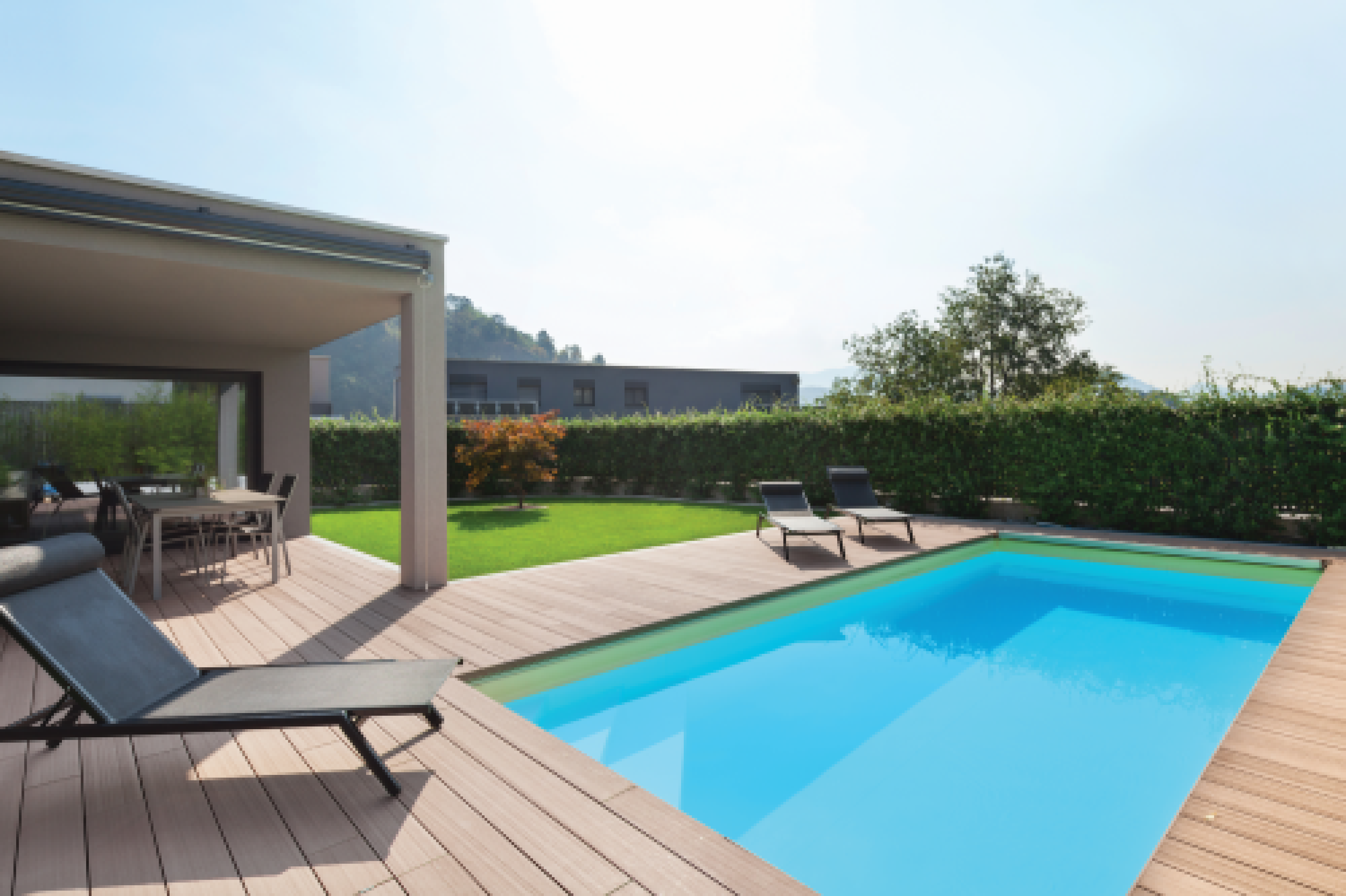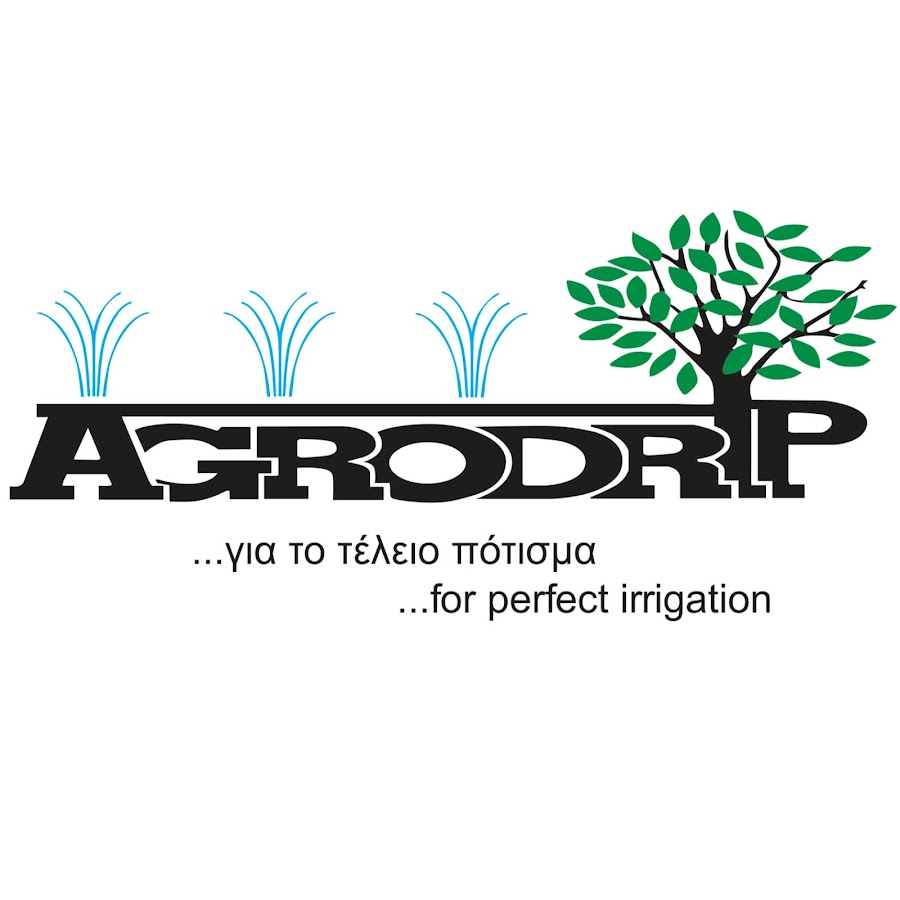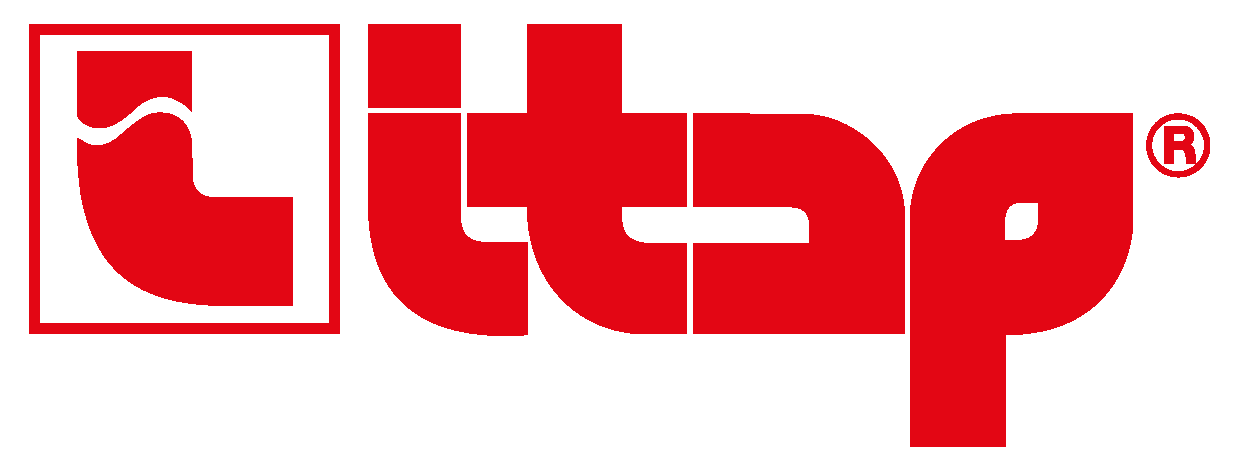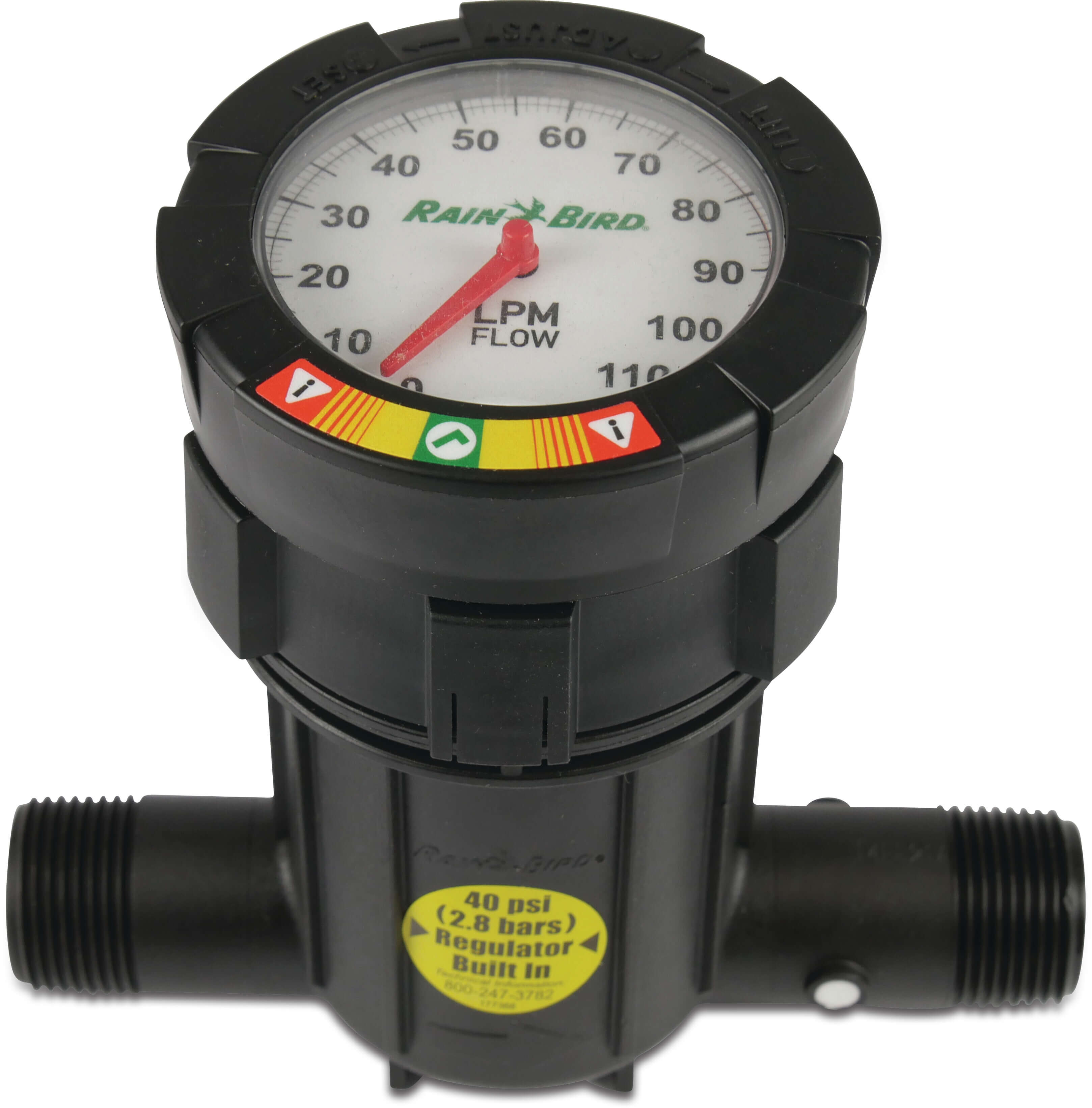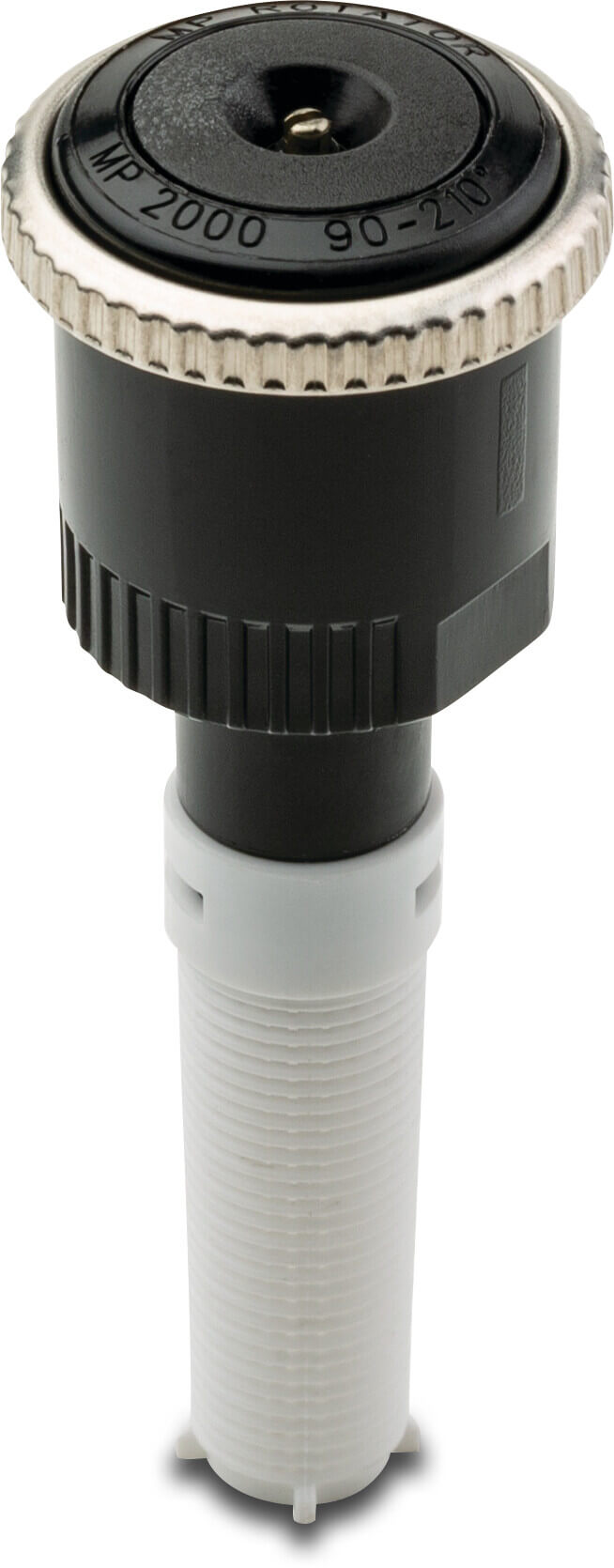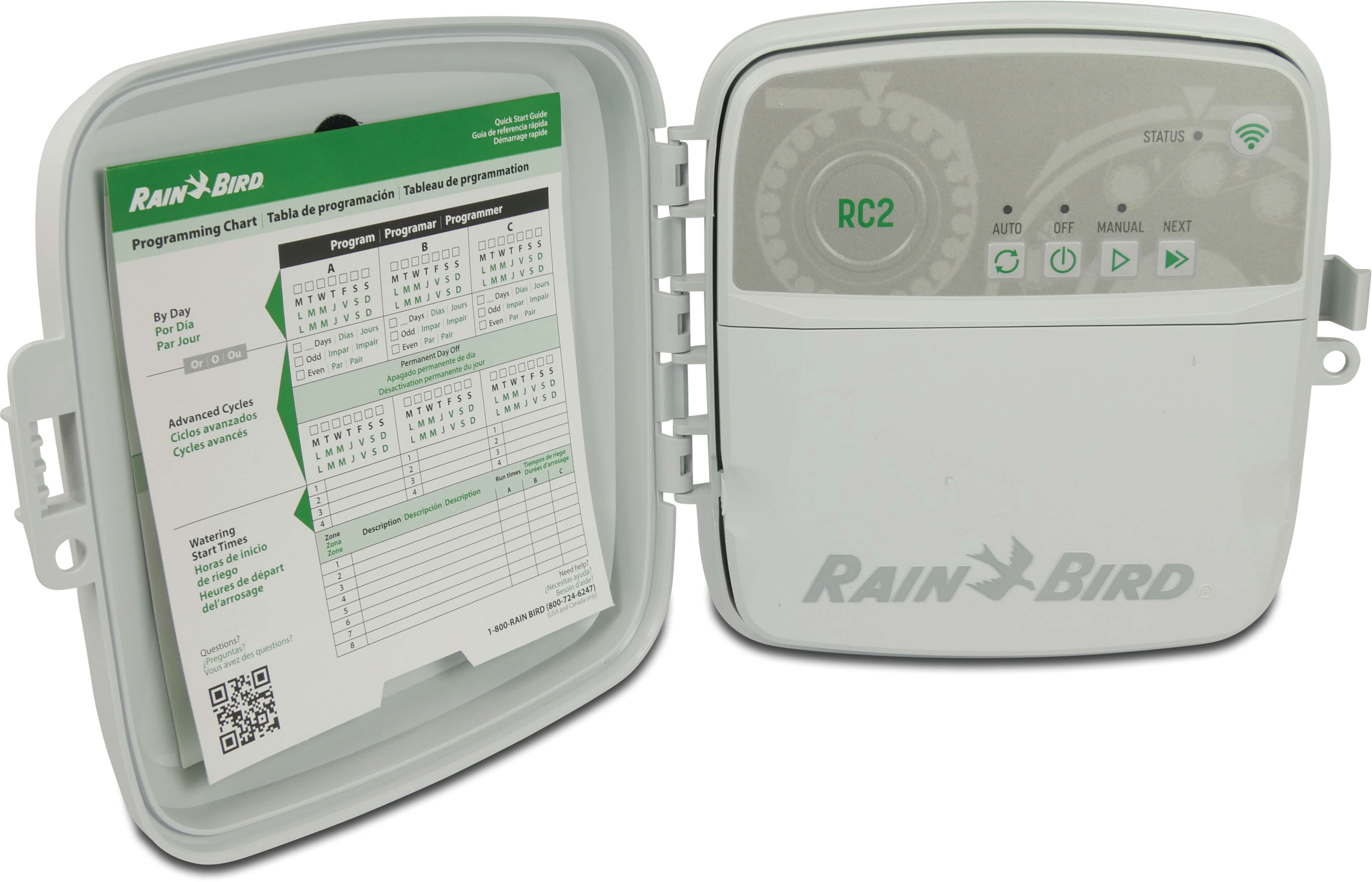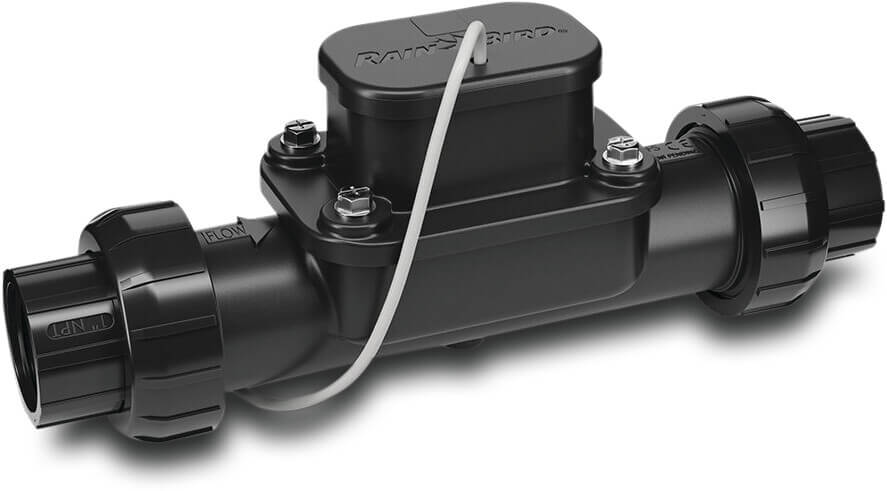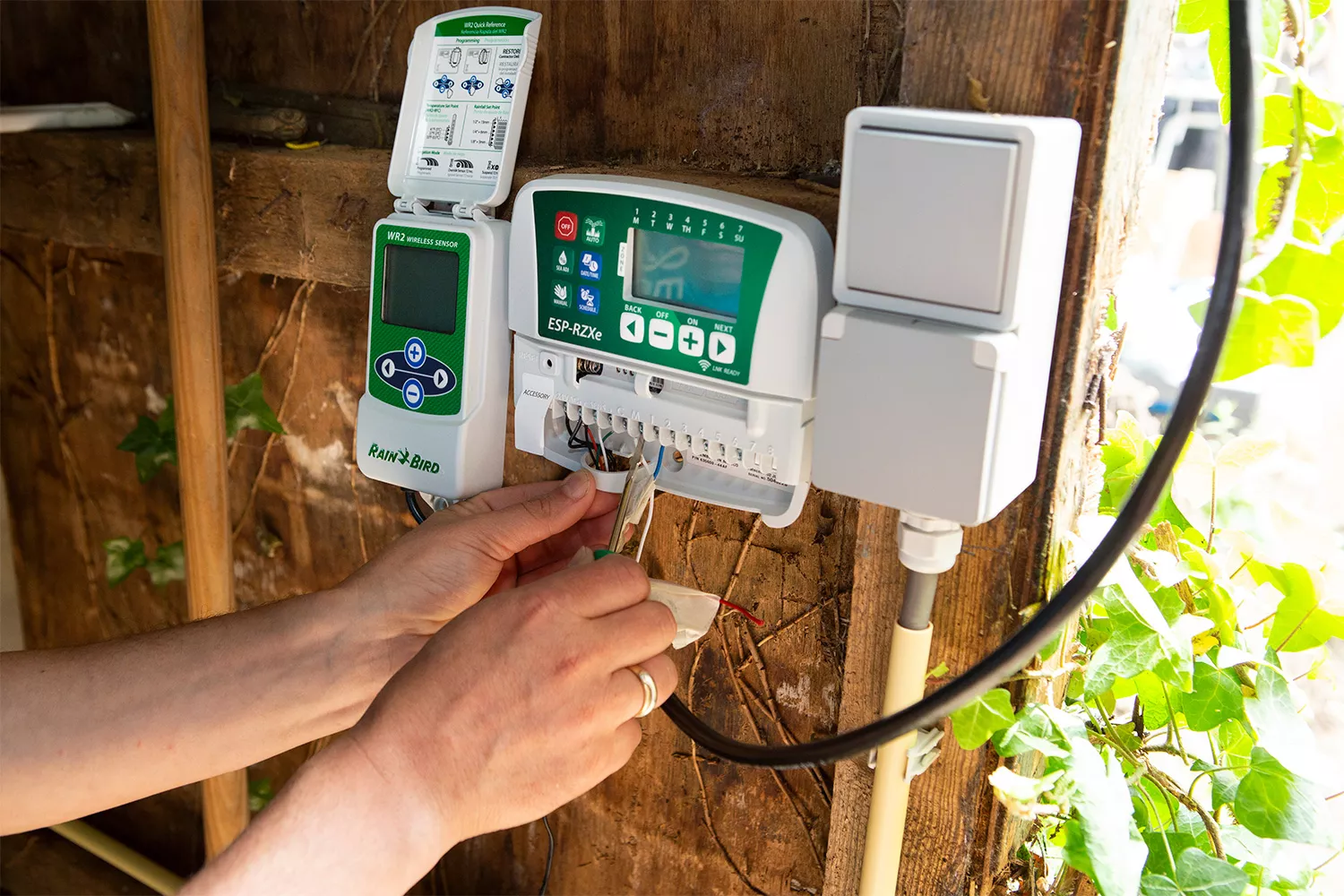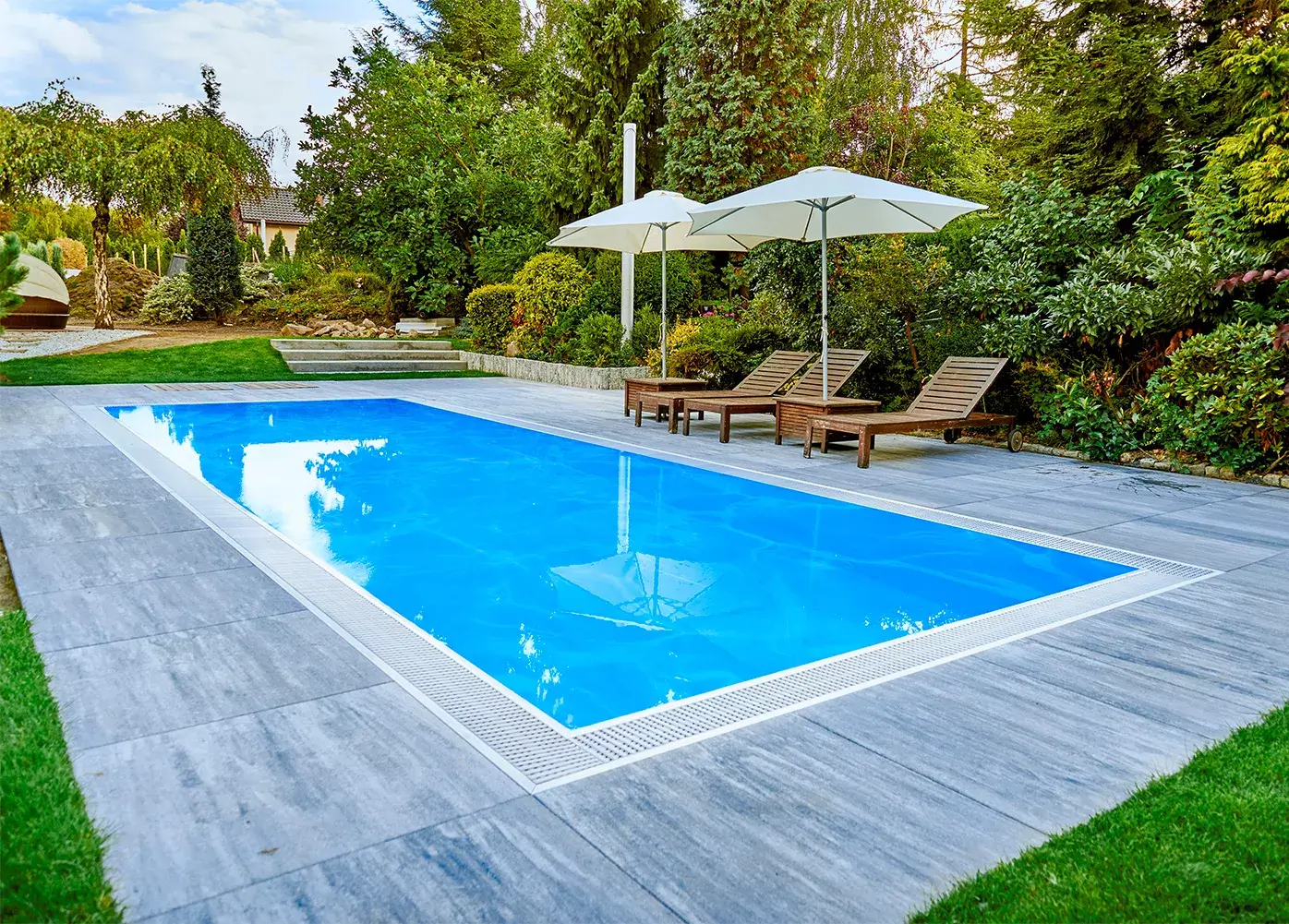One supplier for your landscape irrigation projects
Product groups
Markets
Why partner with Bosta?
- A skilled team of irrigation specialists who can help you with garden irrigation installation
- Irrigation project design and supply of a comprehensive, qualitative product range
- Training, advice and the tools to install the irrigation system yourself with technical support on demand
- We are an accredited member of BALI
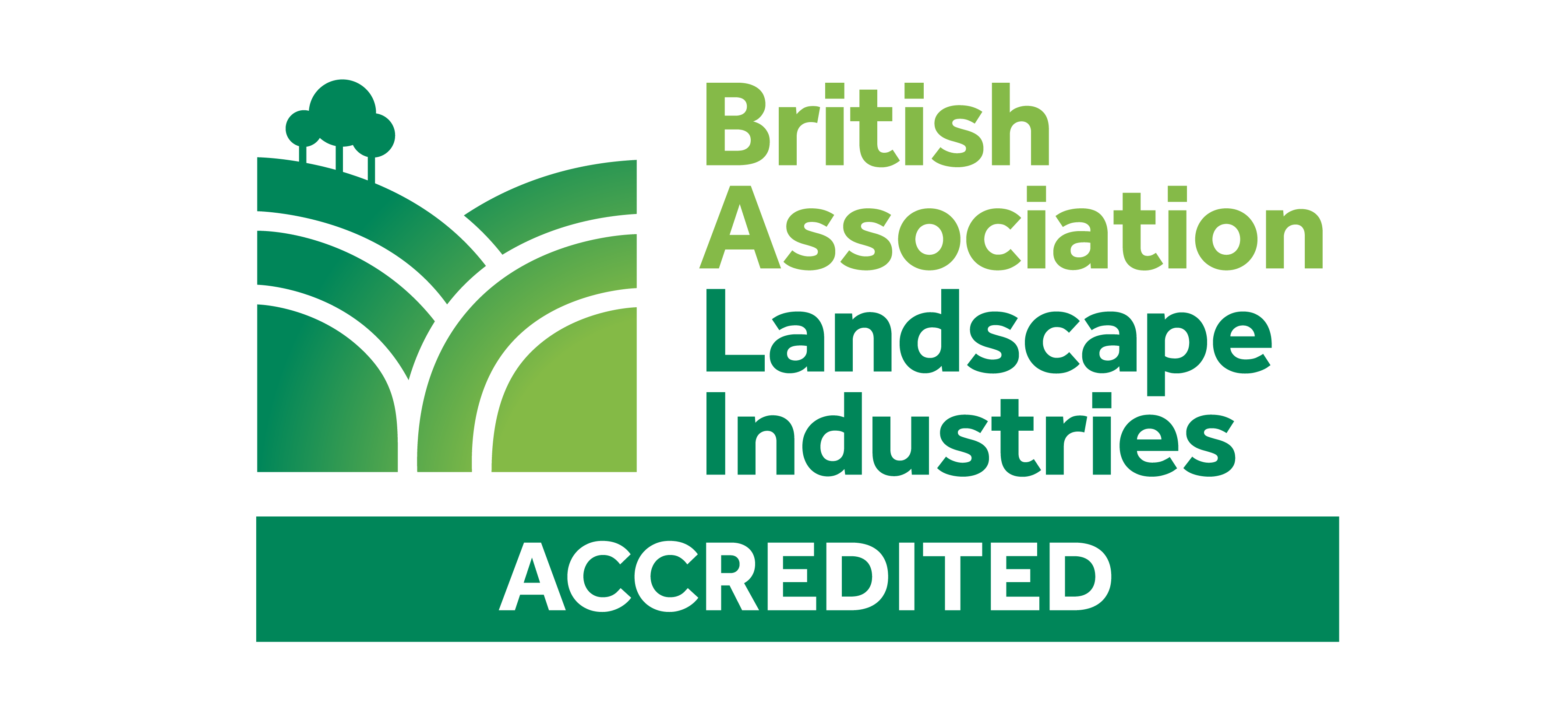
Popular brands
New products
Everything you need to know about landscape irrigation
You’re a landscaper, not necessarily an irrigation specialist. We on the other hand are no landscapers but are experts in the field of irrigation. In order to make your project a success, we inform you on everything you need to know about irrigation.
About landscape irrigation
Bosta as irrigation experts
The recent dry seasons due to climate change have affected grass and flowerbeds in many gardens. The Bosta irrigation team took on a garden that has been influenced by the last two dry seasons.
Complete your project with a pool?
Maximise the potential of your clients’ garden by adding a swimming pool. Make it the centre piece of your designed garden and create a backyard full of activity and fun.
Louise Miller - your irrigation expert
Louise has access to a global network of installers and suppliers. She devises a solution to any water issue and remains involved in irrigation projects from start to finish. She is also a born connector, who effortlessly links your question to the answer.


